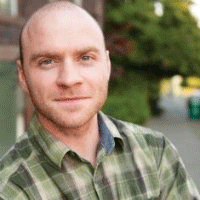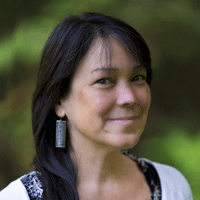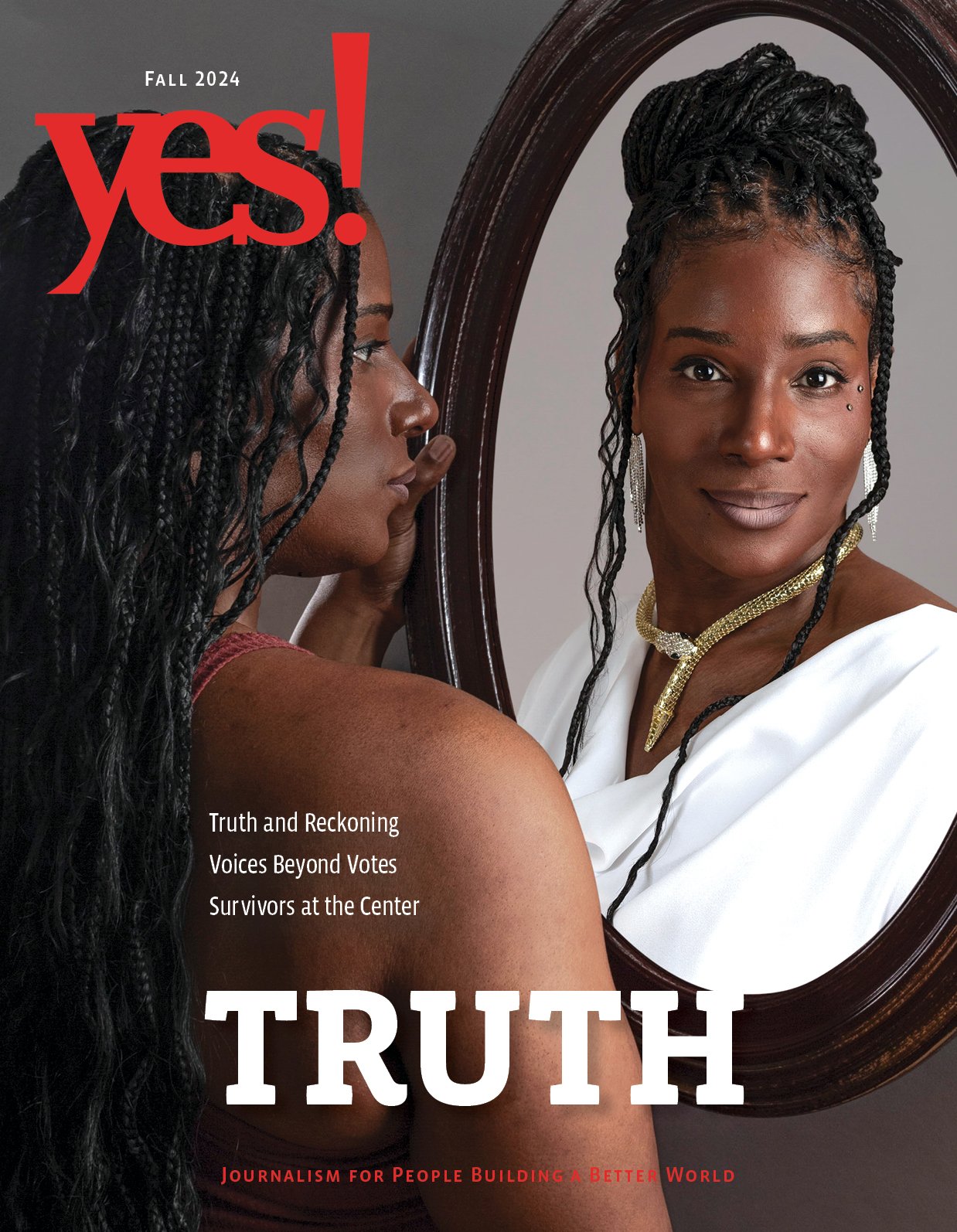Life After Oil: From The Editors
- Introduction: Life After Oil
- Share

Introduction: Life After Oil

We’ve all spent time stuck on a freeway — a six-lane parking lot with concrete and exhaust fumes extending to the horizon. If we’re concerned about climate change, those are moments that can push us into despair. Don’t these people know?
We often forget we’re right there on the freeway with them.
Now several generations into a fossil-fueled way of life that’s forgotten the difference between necessity and convenience, we’ve bought the line that the American way of life is not negotiable.
But that’s never been true. As climate activist Bill McKibben reminds us, when our way of life runs up against physics, there’s no negotiation — but it’s physics, not America, that’s calling the shots. If we want to leave behind a habitable world, we have only one choice: Leave the carbon in the ground.
How do we do that? We can move to 100 percent renewable energy within 40 years, says Post Carbon Institute researcher Richard Heinberg. We can retrofit our suburbs in ways that minimize sprawl and connect them to vibrant cities. Though our economy now runs entirely on fossil fuels, it’s worth remembering that it hasn’t always been that way. We shifted to this economy, and we can shift to a new one. As editor Yessenia Funes discovered in researching her article, the transition to renewables could provide the kind of economy that finally can address poverty and inequality.
We spent a lot of time imagining the world after oil — and discovered that many of the changes headed our way could improve our lives. And apparently that’s not a secret, because everywhere we looked, people were living more regionally already. NASA climate scientist Peter Kalmus in California explains how giving up airplane travel has not only cut his carbon footprint but kept him closer to home and focused on his community — and paradoxically enriched his relationship with his parents living in the distant Midwest.
Once we’ve left fossil fuels behind, it becomes possible to bring the planet and all its species back into balance, where Earth’s natural systems can replenish themselves. That will be the beginning of a new era of recovery, and poet, philosopher, and environmentalist Derrick Jensen describes what that could look like in poignant detail. He calls it “the time after.”
It starts simply enough, by getting off the freeway.

|
Stephen Miller
is a Ted Scripps Fellow in Environmental Journalism at the University of Colorado and a former senior editor of YES!
|

|
Tracy Matsue Loeffelholz
is the former creative director at YES!, where she directed artistic and visual components of YES! Magazine, and drove branding across the organization for nearly 15 years. She specializes in infographic research and design, and currently works with The Nation, in addition to YES! She previously worked at The Seattle Times, The Virginian-Pilot, Scripps Howard Newspapers, Rocky Mountain News, The Denver Post, The Connecticut Post, The San Diego Tribune, The Honolulu Advertiser. She lives on Bainbridge Island, Washington, and currently serves on the board of the Bainbridge Island Japanese American Exclusion Memorial Association. Tracy speaks English.
|

